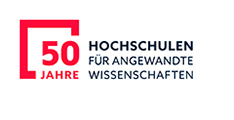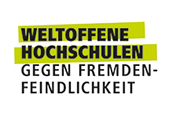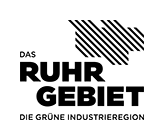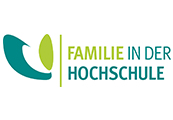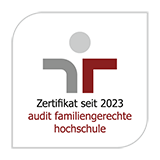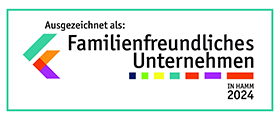Services and Equipment
SLS Process
SLS Systems sPro 60
Selective laser sintering (SLS) is a powder-based additive manufacturing process in which plastic powder is applied layer by layer and fused locally using a laser. This allows components to be manufactured with precision and complex geometries, such as lattice structures, to be realized. The SLS process is suitable for the production of prototypes and functional end components. It is used in a wide range of industries, such as medical technology for patient-specific orthoses or in aerospace for lightweight and resilient components.
Technical data:
- Build volume 381x330x437 mm
- Layer thickness 80 to 150 µm
- 70W CO2 laser
- Scan speed 6 and 12 m/s
- Easy material change, open material system
Powder Processing Room
The Powder Processing Room is where plastic powders are prepared and post-processed for use in the SLS process. Before the printing process, the powder is prepared using hand and vibrating sieves and a mixture of fresh and recycled powder is produced. After printing, the unsintered powder is removed from the machine and separated by type, taking into account the different thermal loads during the process. This ensures efficient recycling of the material. In addition, the components are cleaned of excess powder in a blasting cabin using blasting material and compressed air. The room is specially equipped for safe and clean powder handling and is a central component of the SLS process.
FFF Process
Fused Filament Fabrication (FFF), also known as Fused Deposition Modeling (FDM), is a filament-based additive manufacturing process in which the material is melted and extruded locally. This process can be used to produce functional prototypes and simple end products quickly and cost-effectively. The FFF process is particularly well suited for components with moderate geometric complexity. The wide range of materials available, from PLA and ABS to engineering plastics such as PETG and nylon, enables a broad spectrum of applications.
HSHL
Prusa i3 MK3
- Build volume 250x210x210 mm
- Layer height 0.05–0.35 mm
- Maximum speed 200 mm/s
- Easy material change
- Multi-material upgrade
Prusa MK4
- Build volume 250x210x220 mm
- Layer height 0.05 – 0.3 mm
- Maximum speed 600 mm/s
- Easy material change
Raise3D Pro2 Plus
- Build volume 305x305x605 mm
- Nozzle diameter 0.2–1 mm
- Minimum layer height 0.01 mm
- Speed 30–150 mm/s
- Dual extruder
Material Characterization
Anton Paar MCR 302e rotational rheometer
The rotational rheometer enables various tests to be performed to characterize the flow behavior of a wide range of material classes. In additive manufacturing, it is used in particular to examine plastic powders for the SLS process. With the help of the powder shear cell and the Powder Flow Cell (PFC 10), key powder rheological properties such as flow behavior and cohesion can be determined. These measuring systems can be used to test changes in powder behavior due to variations in process parameters and the reuse of powder.
Technical data:
- Temperature range 23–600 °C
- Heating rate 30 °C/min
- Torque range 1 nNm–230 mNm
- Oscillation frequency 0.2 µHz–100Hz
- Normal force range ± 50 N
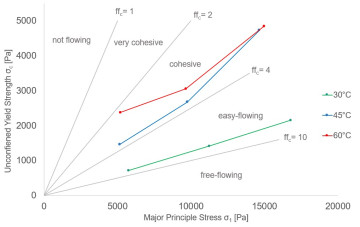
HSHL
Flow behavior of TPU measured using a powder shear cell as a dependence on temperature
Measurement of dynamic flow properties using a fluidization cell
Measurement of important parameters for evaluating the flow behavior of powders (e.g., Basic Flowability Energy BFE). Application in the optimization of process parameters in additive manufacturing using SLS processes.
Optical examination of particles
Microscopic examinations are used to characterize the shape and size of individual powder particles. This allows analysis of the changes in the powder caused by previous use in the process. The results obtained, such as particle diameter, circularity, and volume, are also closely related to the flow and compaction behavior of the powder.
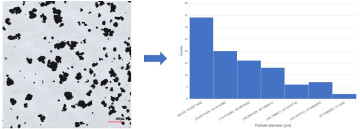
HSHL
Measurement of the static angle of repose
The static angle of repose is an important indicator of the flow behavior of powders. It provides information about the cohesion and internal friction of a material. This test is also used to calibrate material models for DEM simulations. The pile is generated reproducibly by an automated system and then recorded and evaluated using a camera.
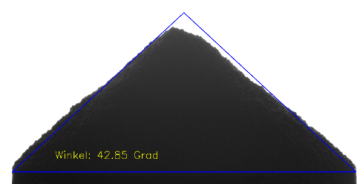
HSHL
